How to use photoluminescent and photochromic compounds in dyes?
Photochromism and photochromic compounds In 1867, Fritsche discovered that yellow tetracene faded under the influence of light in air and regenerated upon heating. In 1876,
Home > Powdered Pigments > Color Shift Pigment Powders
Leading Color To Change Life – KingChroma is a professional color shift pigments manufacturer with 18 years of experience. We are good at developing and manufacturing various color shift powders, such as chameleon pigment powders, including photochromic pigments (VPD (Physical Vapor Deposition) and pearlescent pigments), thermochromic pigment powders, chameleon powders, and glitter powders. They are widely used in anti-counterfeiting printing, 3D printing, leather, textiles, inks, automobiles, cosmetics, plastics and other industries. We are trusted by many famous companies in the world and have established successful partnerships together.

Automotive Coatings
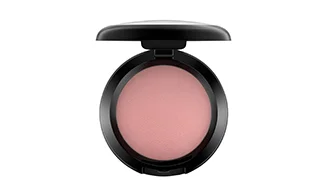
Cosmetics
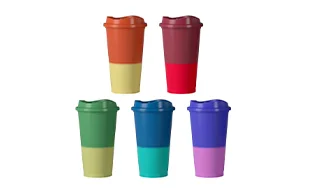
Plastics
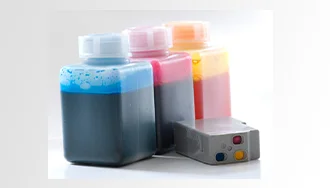
Printing Inks

Textiles
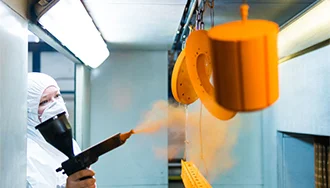
Industrial Coatings
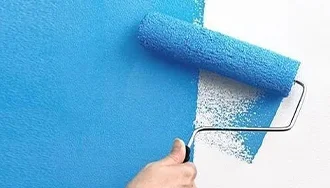
Decorative Coatings
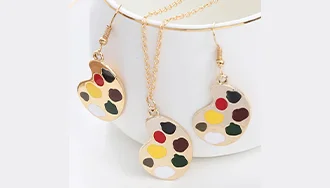
Jewelry
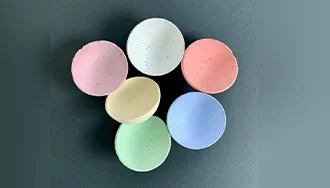
Ceramic Glazes
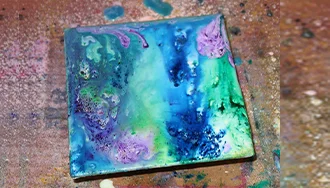
Art Supplies

Packaging
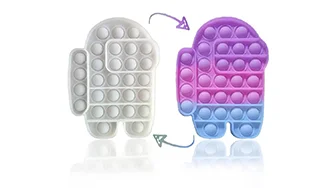
Toys
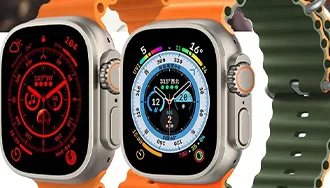
Consumer Electronics
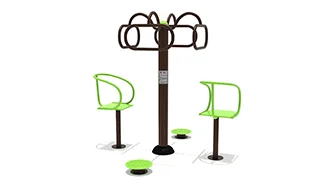
Sports Equipment
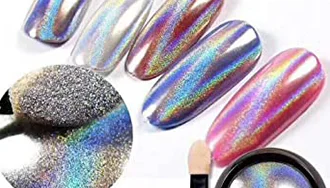
Nail Art
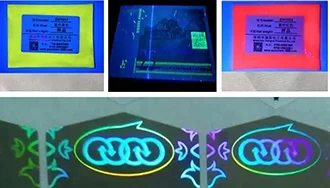
Security Features
Chromic materials can change their colors or forms with changes of external conditions (such as light, temperature and pressure). They have different colors or forms in different conditions, so they show a potential commercial value in some application scenarios. They are widely used in the diversified materials. They make products more individualized and unique by adding visual appeal and interest to them. They can attract the attention of consumers, make products more beautiful and improve the brand recognition of products. Besides, some chromic powders can change their colors with conditions, improving the practicability, functionality and anti-fake labels of products.
When making a chromic pigment, have transparent material layers of different refractive indexes coated on microscopic particles. The reflected colors of the chromic pigment observed from different positions depend on thicknesses of the transparent material layers.
Basic steps to make a chromic pigment:
Substrate selection: First, select a substrate. The substrate is usually mica or another similar material with flat surfaces.
Coating: Have multiple transparent material layers (such as metallic oxide) coated on the substrate with the physical vapor deposition (PVD) process. In the process, heat the transparent material layers till they have evaporated and coagulated into film on the substrate.
Layer thickness control: Control the thickness of each transparent material layer precisely for an ideal color shift effect. Realize the control by changing the deposition parameters such as temperature, pressure and deposition time.
Finish machining: After the wanted color shift effect is realized, turn the coated substrate into powder pigments or liquid pigments for different applications through finish machining.
For a better color shift effect, use paints of different types or add other materials such as shimmer pigments or fluorescent materials to the pigment. The color shifting pigments obtained can show multiple colors. The colors include blue, green, red and gold, depending on the viewing angles and the light conditions.
Advantages
Disadvantages:
Chromic powders can be organic ones or inorganic ones. The main differences of the inorganic chromic powder and organic chromic powder are their chemical properties and sources.
Inorganic chromic powders are usually made of inorganic substances (such as metallic or non-metallic elements or compounds that can be iron oxide, sodium sulfate and so on). They usually have high thermostability, hardness, electroconductibility and corrosion resistance. They are applicable to the production of ceramics, metallic materials and other industrial materials.
Organic chromic powders are made of organic substances (such as petroleum, wood and coal). They usually have excellent biocompatibility, flexibility and plasticity. They are applicable to the production of plastics, rubber, textiles, food additives, etc.
Inorganic chromic powders have simple production and need a few equipment and technologies; Inorganic chromic powders have simple production and need a few equipment and technologies; organic chromic powders need complicated production flow and equipment and have strict environmental requirements in production.
We can provide thermochromic powder, photochromic powder, chameleon chromic powder, orientation chromic powder, solvent chromic powder, fluorescent chromic powder, pearl chromic powder, etc.
Observed from different positions or in different light conditions, a chromic pigment reflects different colors through the so-called interference phenomenon.
The interference phenomenon happens when light waves reflect from two surfaces with a small distance between. The color shift effect happens when the rays of some wavelengths are reflected while the rays of some other wavelengths are offset.
Chromic pigment is composed of the microscopic particles of multiple transparent coatings (such as a metallic oxide) and can form film. The coatings have different refractive indexes. It means that they bend or refract rays in different ways. Therefore, when rays irradiate on the microscopic particles of the transparent material layers, those of some wavelengths are reflected while those of some other wavelengths are absorbed or offset. It depends on thicknesses and compositions of the coatings.
When the microscopic particles of the coatings on chromic pigment are observed from different positions or in different light conditions, the colors reflected by them change and generate a color shift effect. For example, the chromic pigment may be green when observed from one position, or red or gold when observed from another position.
To get different color shift effects, adjust thicknesses and compositions of the coatings. If the pigment coating is thick, it will reflect light with longer wavelengths, such as red and gold; if the pigment coating is thin, it will reflect light with shorter wavelengths, such as blue and green.
Chromic pigments are used in various applications, including automobile paints, cosmetics and packaging materials. This creates eye-catching dynamic visual effects.
Two or more types of colorants (such as interference pigments and conventional pigments) are combined, and color shifting pigments are made in this way. They are combined in specific proportions to obtain the desired color shift effect.
Interference pigments are thin sheets made of mica or other transparent materials. These materials are coated with metallic oxides (such as titanium dioxide, iron oxide or chromium oxide). These metallic oxide coatings interact with light waves and generate a series of colors. The color generated depends on the thickness of the coating and the angle of the incident light.
On the other hand, conventional pigments are usually opaque and absorb light to produce specific colors. Interference pigments and conventional pigments are combined in specific proportions. Therefore, chromic pigments can produce unique visual effects. The color will change when we view it from different angles or under different lighting conditions.
The specific manufacturing process may vary with the specific type of color shifting pigment generated. However, it usually involves the combination of the pigment with the adhesive or carrier material. Then the mixture is applied onto a substrate, for example a film or powder. The substrate helps to control the orientation of the pigment sheet. This affects the appearance of the color shift effect.
Multiple factors need to be considered for the purchase of chromic pigments. This is to ensure that you obtain the proper product that meets your needs. The following are some precautions:
Type of pigment: there are different types of color shifting pigments, for example, interference pigment, flip pigment and chameleon pigment. Each type of pigment has its unique features and can produce different effects. Make sure to choose the right type pigment for your project.
Particle size: The size of the pigment particle will affect the color shift effect. Typically, smaller particles produce more vivid and dramatic changes. Larger particles produce much softer effects. Please select the particle size based on the effect you want to achieve.
Compatibility: Chromic pigments are not compatible with all types of media or paints. Be sure to check the product specifications, to ensure that the pigment is suitable for the media you plan to use.
Quality: The quality of the chromic pigment varies with brand. Choose famous brands that provide high-quality pigments to ensure the best results.
Color shift range: Different pigments produce different color shift ranges. Therefore, the range of colors that pigments can produce shall be considered. Some pigments can convert between two colors. Other pigments can produce a series of colors depending on the angle of light.
Amount: Consider the amount of pigments required for the project. Pigments are usually sold by weight, so please make sure you have enough pigments for your project.
By focusing on these factors, you can choose suitable chromic pigments for your project and achieve the desired results.
Our powder can be used in water-based and solvent-based coatings, with a wide range of applications.
Several common uses are listed below:
Cosmetics: In cosmetics such as lipstick, nail polish and mascara, chromic powder can be added to change colors or present special effects.
Medical treatment: In candy, drinks, health products and other foods, chromic powder can be added to change the color or present special effects, so as to increase consumers’ interest and surprise.
Tools: Chromic powder can be used in tools. For example, when children are building blocks, if you add chromic powder to the blocks, children will enjoy the game more.
Education: Chromic powder can be used in science education. In chemical experiments, we can display the characteristics of the chromic powder and teach chemical principles.
Home decoration: Chromic powder can be made into beautiful works of art. If we add chromic powder to paintings, vases, lamps and other decorations, our home becomes more artistic and interesting.
When chromic pigments are used according to the manufacturer’s instructions and appropriate safety precautions are taken, chromic pigments are generally considered safe. These pigments are usually used in cosmetics, automobile coatings and other applications. These applications can create unique visual effects, such as metal or iridescent finishes.
However, like any other chemicals, chromic pigments may pose potential health risks if they are not handled properly. We shall pay attention to this point. For example, if we inhale pigments in powder or dust, our respiratory system will be irritated and lung injury will be caused. Besides, prolonged skin exposure may cause irritation or allergic reaction.
To ensure that the chromic pigment is used in a safe manner, it is recommended to wear appropriate personal protective equipment, such as gloves, goggles and breathing apparatus, when you handle these substances (especially those in the form of powder or dust). In addition, proper ventilation measures shall be taken when these pigments are used in a confined space. Moreover, these pigments shall be stored and handled according to the manufacturer’s instructions.
Generally speaking, if chromic pigments are used safely and responsibly, they can be an interesting and unique supplement in various applications.
Different color powder products vary slightly in particle diameter, usually 1-10um. Please refer to our corresponding product manual for details.
Our color powder can be dissolved in water-based or solvent-based coatings and applied to general processes.
Our company has earned ISO9001 certification. Our products have earned FDA, MSDS, SGR, COA, TDS, and ROHS certifications issued by SGS.
We have a superb technical team. You can find the color you need on the Pantone Color Card, and our technical team will tailor the color powder for you.
We can provide our customers with free test samples and fast certification services.
We can send you samples for testing free of charge.
Our MOQ is 100g.
Your order will be shipped within 1-3 days after we receive your payment. In addition, our products can be shipped by air and sea. The time taken varies from country to country. 3-7 days at the earliest.
We’ll provide TDS instructions. If you still need clarification, please email XX, and there will be professional technicians to provide one-to-one instruction. If it is confirmed that our products have quality problems, we will give a full refund or send you a new sample for free testing.
Photochromism and photochromic compounds In 1867, Fritsche discovered that yellow tetracene faded under the influence of light in air and regenerated upon heating. In 1876,
Thermal color changing paint, also known as thermo color changing paint, is a kind of new material. It changes colors with the temperature change. Whether
What fluorescent paint exactly refer to? As one of the popular types of paint, UV light is acquired by fluorescent paint (also called luminescent paint)
We are Ready to Support Your Color Shift Pigment Projects
Kingchroma industrial park, Minqing Raod, Longhua Street, Longhua District, Shenzhen City, Guangdong Province, China